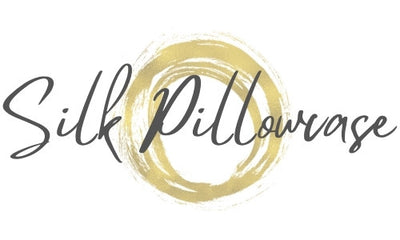Yellowing of silk doesn't occur without a reason, and there are a couple of steps that can be taken to prevent that discoloration from happening:
1. Regular Washing
Washing your silk bedding often will get rid of the buildup of body oils, sweat, and dirt. Getting rid of these substances on time prevents discoloration from occurring. Ideally, wash your silk at least once a week.
2. Pre-Treat Stains
Accidents happen, and that's totally fine. When spills like tea or coffee occur, don't just roll them up and toss them aside, saving them for wash day. Pre-treat the stains right away, even if you don't intend to wash the pillowcases immediately. Here's how to go about pre-treating those stains:
First, identify the stain spots. Then, grab a gentle stain remover or a mild cleaning solution and mix a few drops in lukewarm water. Hot water is an absolute no-no as it can damage the silk fibers. Dip a clean white cloth or sponge into the water and gently blot out the stain. Avoid rubbing or applying too much force as that could damage the silk.
For oil-based stains, you can take it up a notch by adding a bit of cornstarch or talcum powder to absorb the oils. Let that sit for a couple of hours, then gently brush it off before proceeding with the cleaning process.
3. Using a Mild Detergent
The recommended detergent for silk fabrics is a mild detergent with a neutral pH. Harsh detergents can shorten the lifespan and diminish their quality.
Yellowing wouldn't be the only issue; harsh detergents typically have higher pH levels, making them alkaline, while silk is acidic. When these interact, a chemical reaction breaks down the molecular structure of the silk.
Over time, the pillowcases start to weaken and lose their integrity. Additionally, they lose their shine, as the detergents can strip away layers, giving them a dull appearance.
4. Hand Washing or Machine Washing Under Gentle Cycle!
When it comes to washing silk, there are specific methods that are deemed acceptable. Hand washing is preferred due to its gentle nature. However, even with hand washing, there's a right way to do it.
Avoid wringing, rubbing, scrubbing, or using force when washing silk fabrics, as this can cause damage. If you feel the need for machine washing, make sure to use a gentle cycle and start by placing it into a laundry mesh bag.
5. Avoid Sunlight
Now, drying is also an incredibly crucial part and one that you should pay attention to. The glare of the sun can cause damage they just can't withstand it, so it would be best to air dry them away from the direct glare of sunlight.
